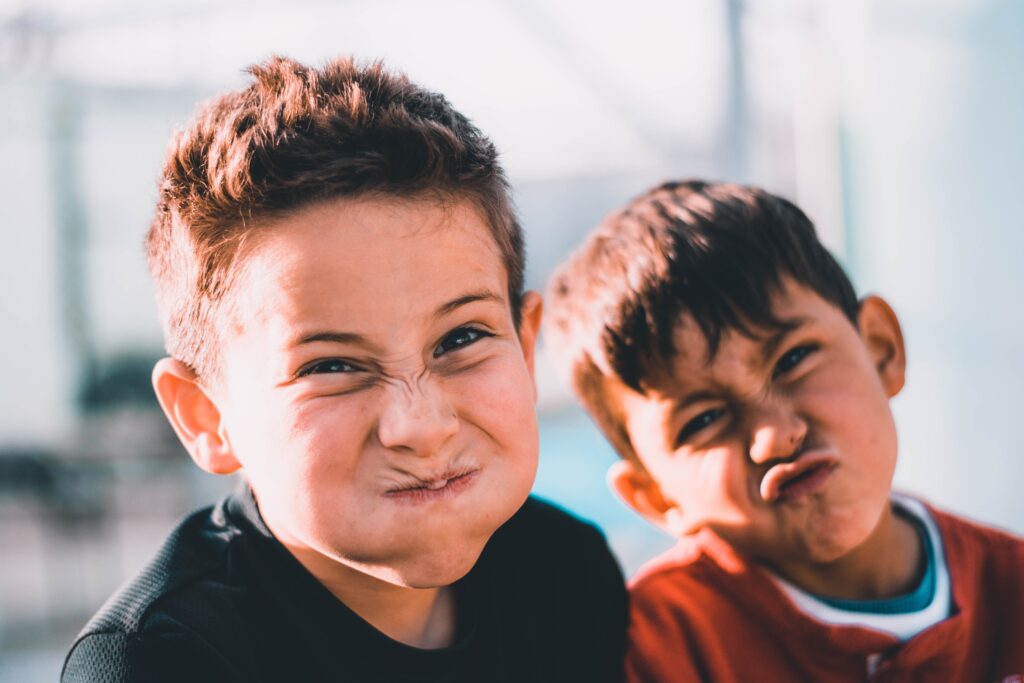If you are considering extending your family you may be wondering how an autistic child may act with a younger sibling.
In this article we explain what to expect and how to prepare.
Autism and siblings
Welcoming a new addition to the family is an exciting and transformative experience.
When a family already includes a child with autism, the arrival of a younger sibling introduces a unique set of dynamics and considerations.
Understanding the potential challenges and opportunities that arise when an autistic child gets a younger sibling can help parents navigate this journey.
Below, we explore what to expect when a child with autism becomes an older sibling and discuss strategies to facilitate a harmonious relationship.

Sensory factors
Autistic children often have sensory sensitivities, which may be amplified when faced with the arrival of a new baby.
Parents should be prepared for their autistic child to react differently to the sounds, smells, and physical sensations associated with their younger sibling.
Communicating with the autistic child about these changes in advance can help alleviate anxiety and facilitate adjustment.
Communication issues
Effective communication is crucial for building sibling bonds.
Autistic children may have unique communication styles and challenges, such as language delays.
Parents can support the sibling relationship by encouraging the second child to develop communication methods used by their sibling with autism.
This can provide opportunities for shared activities and foster joint interests and can also facilitate communication and bonding.
Breaks in routine
The arrival of a younger sibling can evoke a range of emotions for an autistic child.
They may experience excitement, curiosity, jealousy, or a sense of displacement.
Parents should also be aware that it could also bring about some distress due to the adjustment to long standing routines.
Offering reassurance, embedding new routines, and allocating dedicated one-on-one time with the older sibling can help alleviate anxiety and foster a sense of security.
Sibling dynamics
Sibling relationships are dynamic and evolve over time. While every sibling relationship is unique, there are specific considerations when an autistic child has a younger sibling.
Encouraging mutual understanding and empathy between siblings can be achieved through education, open conversations, and teaching younger siblings about autism.
Promoting shared activities, cooperative play, and inclusive family experiences can also help foster a strong sibling bond.
Parental balance
Raising a child with autism requires significant parental attention and resources.
Introducing a younger sibling adds new demands to an already complex equation.
It is essential for parents to practice self-care, seek support from family and friends, and access community resources.
Allocating dedicated time for each child individually and as a family can help maintain balance and ensure that both siblings receive the attention and care they need.
Summary – Autistic child and younger sibling
Welcoming a younger sibling into the life of a child with autism is a significant milestone that presents unique challenges and opportunities.
By anticipating potential hurdles and preparing ahead of time, parents can create an environment that nurtures a positive sibling relationship.
Patience, open communication, and adaptability are key factors in fostering understanding and acceptance between siblings.
Through proactive support, love, and understanding, families can embrace the journey of having an autistic child and a younger sibling.
The can go on to create a bond that can enrich the lives of all family members.

